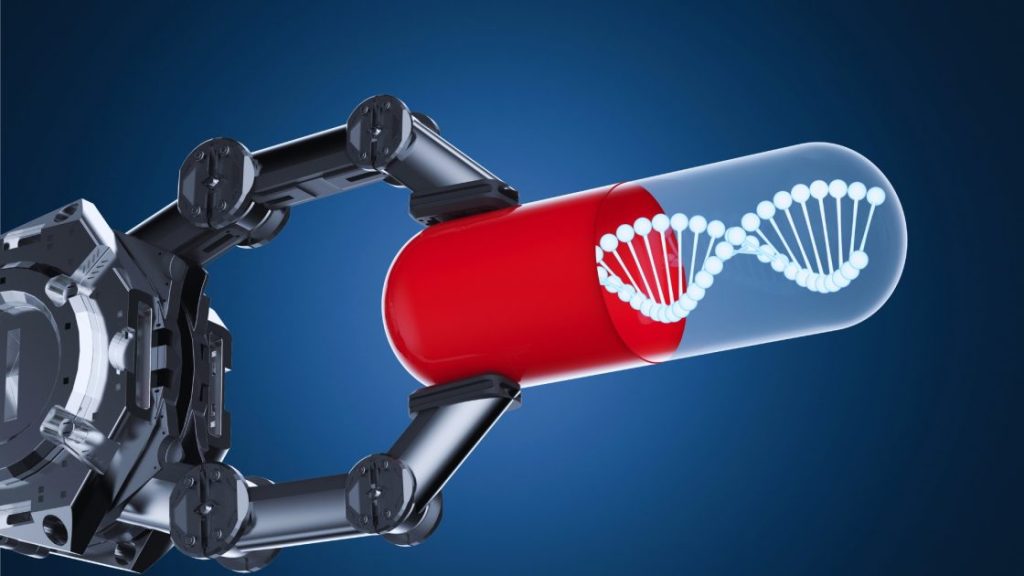Information production has been growing exponentially in our data-driven era. However, the installed base of mainstream storage technologies—such as magnetic drives, optical disks, and solid-state storage—is struggling to keep up. Most generated data are discarded, but a significant portion still needs to be stored. Unfortunately, the proportion of data that can be retained is declining. In fact, 90% of all data worldwide ever was generated in the last two years. This challenge motivates researchers to seek new storage media.
The Need for Density, Durability, and Energy Efficiency
When evaluating storage media, several critical factors come into play:
- Density: How many bits can be stored per unit of physical volume?
- Retention: How long can the data remain recoverable?
- Access Speed: What’s the latency and bandwidth for accessing data?
- Energy Cost: How much energy required for both data at rest and per access?
For archival storage—aimed at storing vast amounts of data for the long term—density, durability, and energy cost at rest are overriding. Traditional storage technologies alter material properties (electrical, optical, or magnetic) to encode data. However, these technologies are approaching their limits in all above terms.
And that’s where molecular data storage comes handy.
Molecular Data Storage
Unlike SSDs, which rely on altering material properties such as electrical, optical, or magnetic characteristics to encode data, molecular storage operates at a much smaller scale. It actually uses individual molecules to store information. This molecular-scale approach allows for incredibly dense storage, as data can be stored in the precise arrangement of atoms within molecules.
A team of researchers from Brown University, for instance, has made some great progress in molecular data storage. Their work involves custom libraries of small molecules designed explicitly for data storage. The team successfully stored and retrieved over 200 kilobytes of digital image files by encoding the data in mixtures of these custom-synthesized small molecules. This may, indeed, seem modest compared to traditional storage methods, but it represents significant progress in the field of molecular storage. The image files included a Picasso drawing, an image of the Egyptian god Anubis, and others.
They employed small metal plates arranged with minuscule spots, each measuring less than a millimeter in diameter. Within each spot resided a blend of molecules, with the presence or absence of various molecules in each blend signifying digital data. The quantity of bits within each blend could extend to the assortment of unique molecules accessible for blending. Subsequently, the data could be retrieved using a mass spectrometer, which distinguished the molecules existing in each well.
DNA: A Remarkable Alternative

Now, enter DNA—a molecule that stands out as an especially attractive alternative for data storage.
DNA storage involves encoding digital information into DNA sequences. It encompasses the following steps:
- Encoding: Converting 0–1 binary codes (representing digital data) to A-T-C-G quaternary codes (combinations of nucleotides).
- Synthesis: Writing the DNA sequences into actual DNA molecules.
- Storage: Physically conditioning and organizing the synthesized DNA into a library for long-term storage.
- Random Access: Retrieving and selectively accessing specific DNA sequences.
- Sequencing: Reading the molecules and converting them back to digital data.
And here’s why DNA data storage is a highly attractive option:
Density: Using DNA, we can achieve an astonishing density of up to 10^18 bytes per mm^3—approximately six orders of magnitude denser than any existing media. Imagine encoding vast libraries of information within minuscule volumes!
Durability: DNA molecules, when kept away from light, humidity, and reasonable temperatures, can last for centuries to millennia. Compare this to the typical lifetime of commercial tape or optical disks, which is merely decades.
Ease of Replication: DNA replication, facilitated by techniques like PCR (polymerase chain reaction), allows us to copy large amounts of data at minimal time and resource cost. Imagine effortlessly creating backups of your entire digital archive!
Operations Over Data: Once data are stored in DNA, we can leverage the DNA hybridization process to perform operations—such as image similarity searches—directly on the data.
Eternal Relevance: DNA sequencers (readers) are eternally relevant due to their expanding use in life sciences and medicine. As long as there are sequencers, DNA data storage remains viable.
Bottom Line
For now, small molecules like porphyrins and fullerenes, rather than long-chain polymers like DNA, have become a focus of interest. Small molecules offer advantages such as ease of production and potentially higher storage capacity. However, the biotechnology industry’s rapid progress in DNA manipulation for life sciences purposes bodes well for data storage applications.
References:
- Amount of Data Created Daily (2024) (explodingtopics.com)
- Molecular digital data storage using DNA | Nature Reviews Genetics
- mwillsey | dna data storage and hybrid molecular–electronic computing
- Molecular digital data storage using DNA | Francisco Mesquita (franciscomesquitaai.github.io)
- DNA as Digital Data Storage: Opportunities and Challenges for HCI | SpringerLink
- Molecular digital data storage using DNA. – Abstract – Europe PMC
- Researchers report progress on molecular data storage system | Brown University
- AI-Powered PCs: Overhyped Trend or Emerging Reality? - August 21, 2024
- Princeton’s AI revolutionizes fusion reactor performance - August 7, 2024
- Large language models could revolutionize finance sector within two years - March 27, 2024



